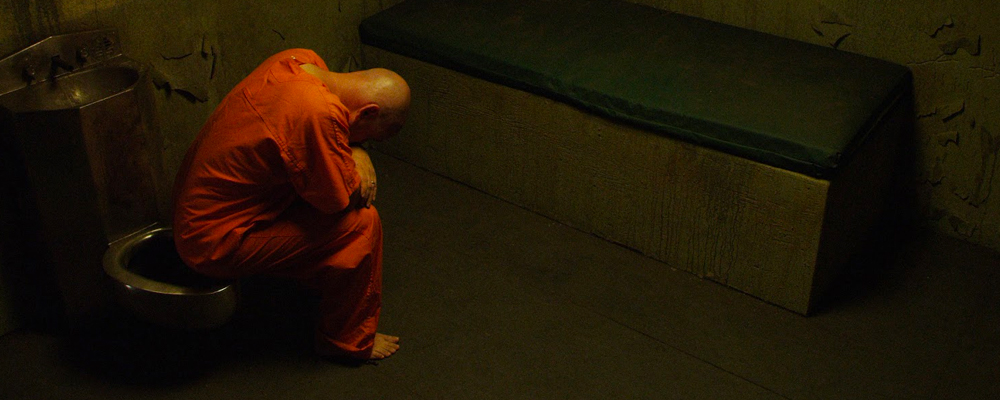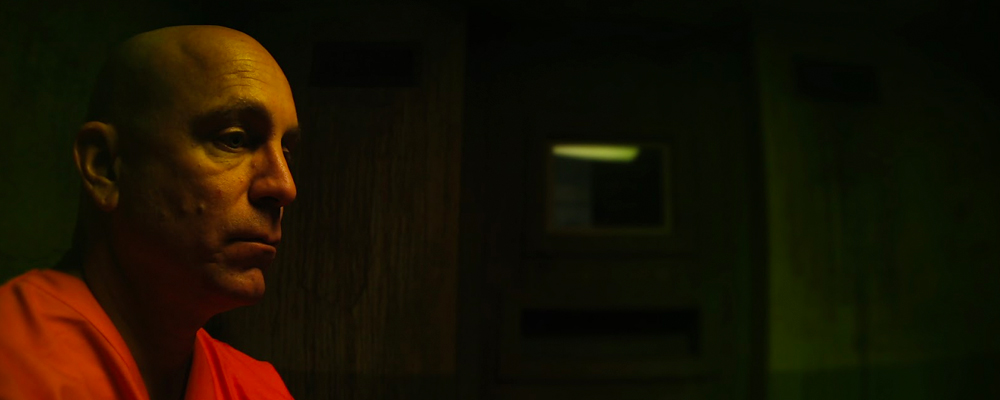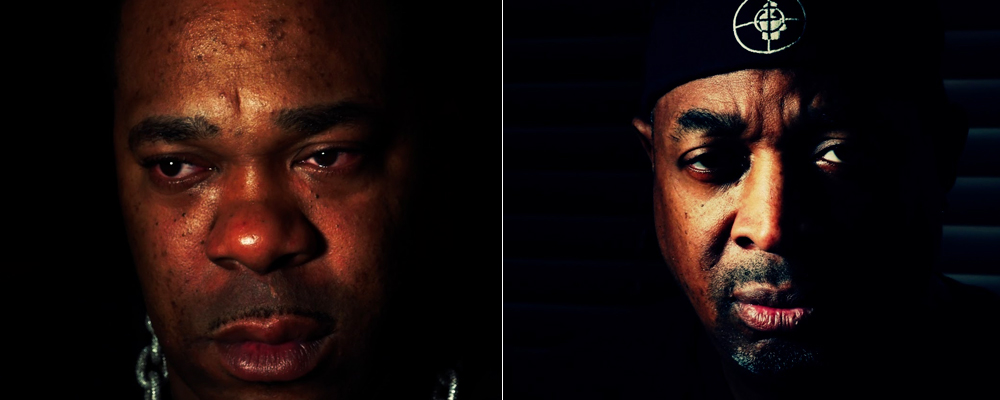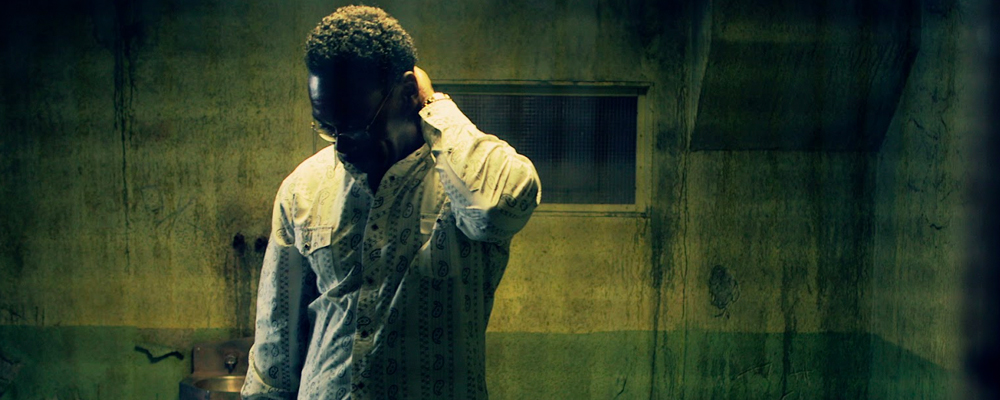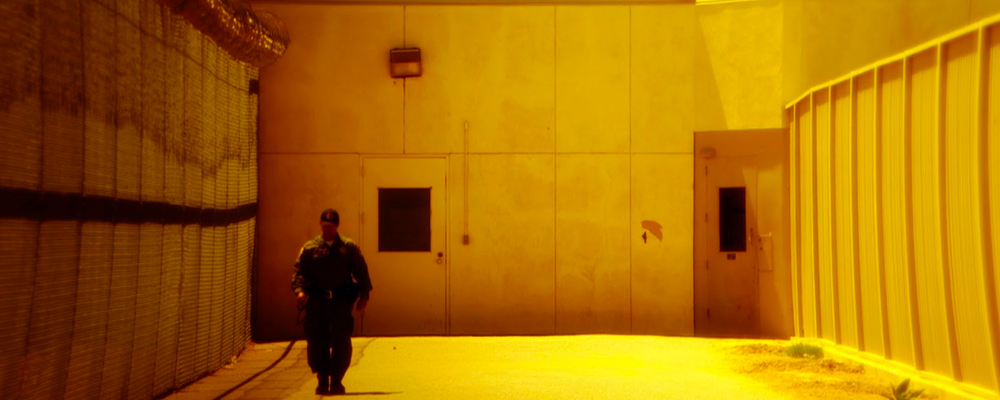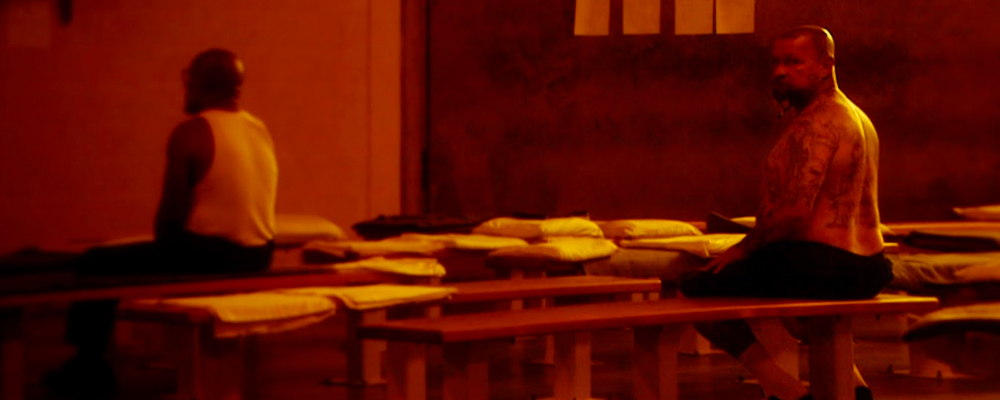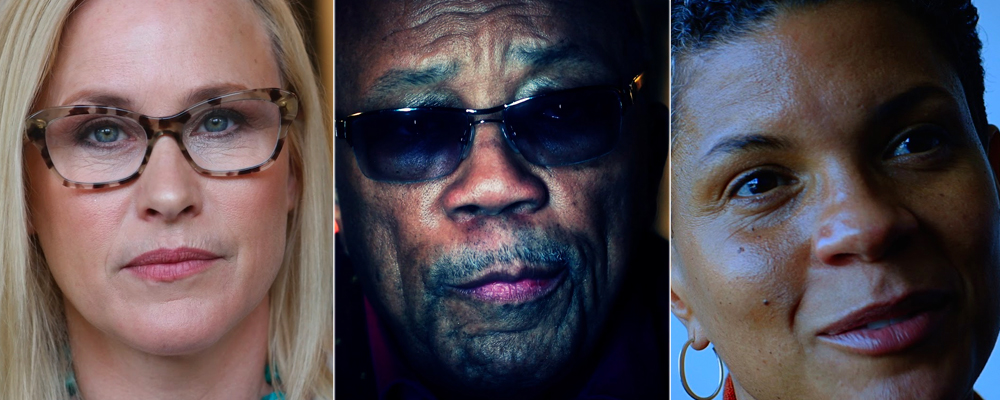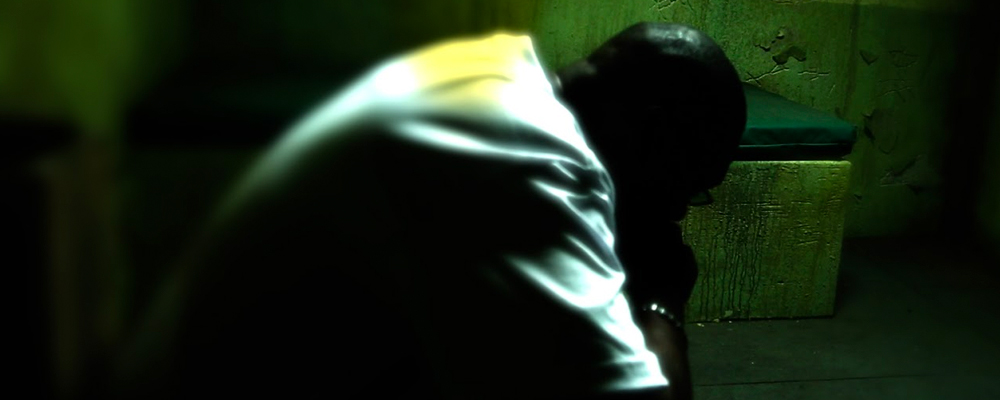‘Survivors Guide to Prison’ Takes Aim at America’s Jail System
Alci Rengifo
Getting arrested in the United States is like acquiring a one way ticket to hell according to “Survivors Guide to Prison.” An impassioned, detailed documentary, it offers a study and political statement of the American jail system that borders on dystopia. Director Matthew Cooke is not seeking any sort of compromise or middle ground with the powers that be, he is determined to expose a culture where incarceration generates profits and lives are destroyed. He doesn’t care for the reflective, traditional tone of other documentaries. This one is in your face, with a gritty style and facts stated like an issued sentence.
The main host is actor Danny Trejo, who along with other celebrities including Busta Rhymes, RZA and Danny Glover, issue facts and figures on the insanely great amount of prisoners in the U.S., the horrific conditions inside most prisons and the encroaching privatization of the system itself. Intercut with these statements are the stories of two men wrongfully convicted for crimes they did not commit and jailed for decades, Reggie Cole and Bruce Lisker. Both were accused of murders they did not commit and spent years navigating through the hellish world of prison while dealing with bad lawyers, lack of funds and a labyrinth of laws and methods used to keep you imprisoned and paying.
Cooke is known for his unorthodox approach to documentary filmmaking. He likes to use flashy editing and gritty cinematography mixed with a pounding soundtrack. The testimonials and celebrity talking heads are shot with the kind of lighting you would see in a music video. Subtly is not in his vocabulary and there are moments where he makes a director like Oliver Stone seem tame by comparison. But at the same time the film has such harrowing material and important points to make that it is always engaging.
Cooke designs the structure of the documentary like an actual survivors’ guide, with key points about how to deal with police when facing arrest, how to behave once you’re in prison and some general, disheartening advice for what to do with your court case (“get money”). The first section of the documentary is a visceral takedown of contemporary police culture, decrying the constant resort to violence by authorities (graphic footage is used of the cops beating and shooting suspects). Some of the advice given during this section is simple but important. For example you are advised to say nothing when arrested and demand to have a lawyer present, or simply ask “am I being detained” if an officer begins interrogating you before making an actual arrest. Hopefully dear reader, the film is offering advice you won’t need to heed often.
It is when the documentary goes into the world of the American prison system that it becomes especially engaging and terrifying. The facts are indeed astounding. Every year we incarcerate the equivalent of the populations of New York and Los Angeles combined, more than China or Russia. Inside prison is a Dantenean reality where half the population suffers from psychiatric disorders, if you talk too much you can easily become a target and if you don’t stand your ground from day one you’re liable to become a target for constant robbing and other attacks. Healthcare in most facilities is “barbaric,” as described by Van Jones in the film. If you don’t have a cent to your name then good luck buying proper food, which is why many inmates find smuggling operations or other illegal activities to make a profit (“moonshine” liquor is apparently still a thing in many the modern prison). Any emphasis on providing real educational opportunities for inmates or paths to reform has been put aside in favor of corporate takeovers of the prison. Some viewers may be shocked to discover that wage slavery is constant at some institutions, with inmates making your furniture, military uniforms and other materials while being paid in cents. You forgive Cooke’s breakneck editing style and ESPN-style cinematography because the information he provides is itself jarring.
The key point Cooke is trying to make here is that the U.S. is obsessed with resolving its social problems through force and incarceration, while at the same time making incarceration itself no better than imprisonment in some Third World dictatorship. In one section Cooke even uses footage of an American who was arrested and jailed in Iran stating that solitary confinement in the U.S. is still harsher than in an Iranian prison. The effect on individuals is of course shattering. At one point Busta Rhymes can’t help but start crying on camera when remembering a woman released from prison who confessed to him that she does not know how to use a cell phone or send emails. The stories of Cole and Lisker are particularly searing because of their experiences and the realization that the system can devour an innocent life. Cooke never implies that most inmates themselves are innocent, but the system has become so cruel that brutal sentences are issued for minor offences. One startling statistic in the film: The average American unknowingly commits 5 misdemeanors a day.
“Survivors Guide to Prison” is a very uncomfortable viewing experience. It will make you angry and shock you. But with this sort of subject matter, maybe that is the appropriate effect.
“Survivors Guide to Prison” opens Feb. 23 in select theaters.

